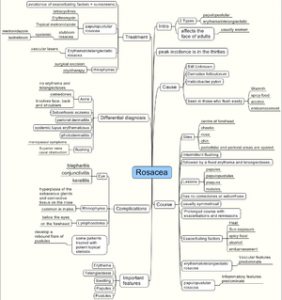Importing ONTODerm Ontology
 |
| Map of Colombia with Departments (Photo credit: Wikipedia) |
Two engineering students from Colombia are using ONTODerm for a noble cause. They are planning to take dermatology to the poor and the underprivileged. They started a teledermatology project, but discontinued it because of lack of support. Now they are working on an Ontology based diagnostic application using semantic web technologies.
One of the problems they have encountered may be important to be addressed here. They could not import ONTODerm into Sesame. The URL provided in the ONTODerm home page is protege specific. However you can export the latest ONTODerm version in the native format from the project page on knoodl. Just request for a free membership to ONTODerm community.
Please keep me posted if you are using ONTODerm or DermKnowledgeBASE for any such projects and I wish both of them all the very best.






